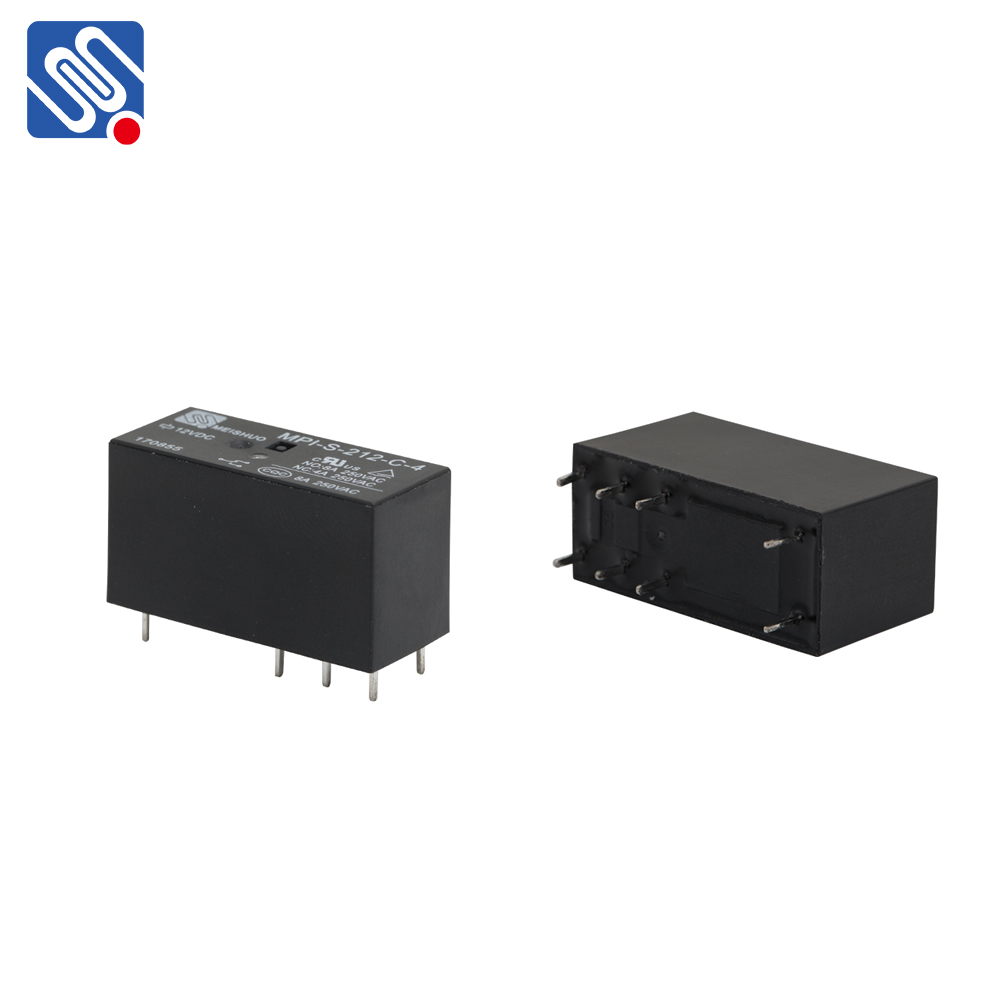title: understanding relay efficiency in communication networks
Release time:2025-05-05 00:43:10
Relay efficiency plays a crucial role in enhancing the performance of modern communication networks, especially as we move towards more sophisticated and high-demand applications. As the demand for reliable and efficient communication increases, the need for an efficient relay system has become more essential than ever. This article explores the concept of relay efficiency, its significance, and how platforms like Meishuo contribute to optimizing this efficiency.

At its core, relay efficiency refers to the effectiveness with which a relay node in a network transmits and processes data. In a typical communication system, various nodes, including transmitters, receivers, and relay nodes, work together to ensure seamless data transfer. Relay nodes are vital, particularly in scenarios where direct communication between two nodes is difficult due to distance or obstacles. They serve as intermediary points that receive data from one node and then transmit it to another, thus facilitating communication over longer distances.
One of the primary measures of relay efficiency is the Signal-to-Noise Ratio (SNR) at the output of the relay compared to the input. Higher SNR values at the output indicate better relay performance, as more of the original signal is preserved while less noise is introduced. Relay efficiency also encompasses factors such as delay, energy consumption, and bandwidth usage, making it a multi-faceted concept that significantly impacts overall network performance.


